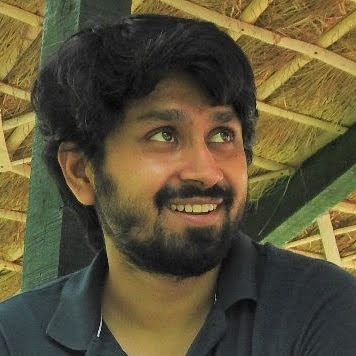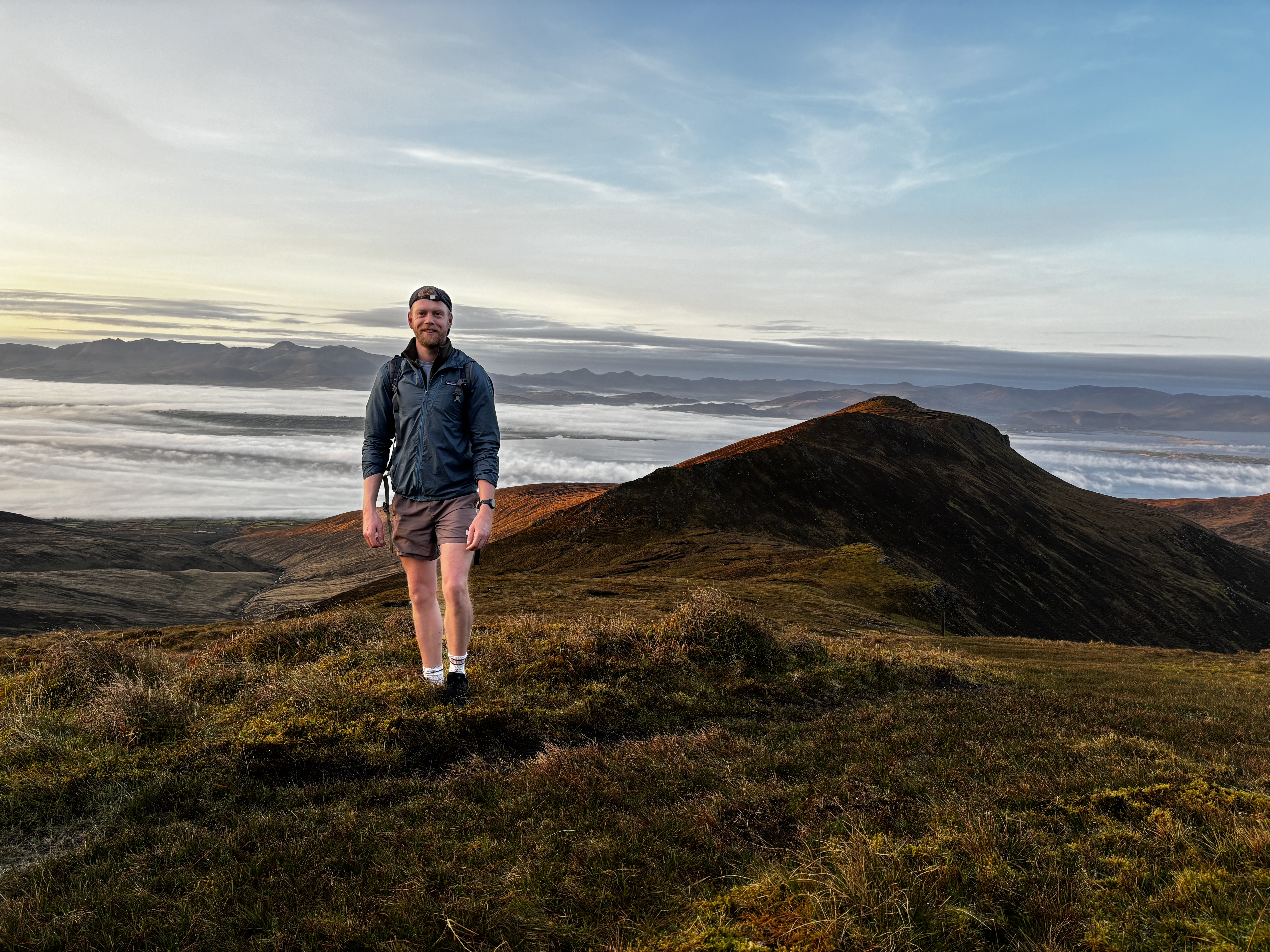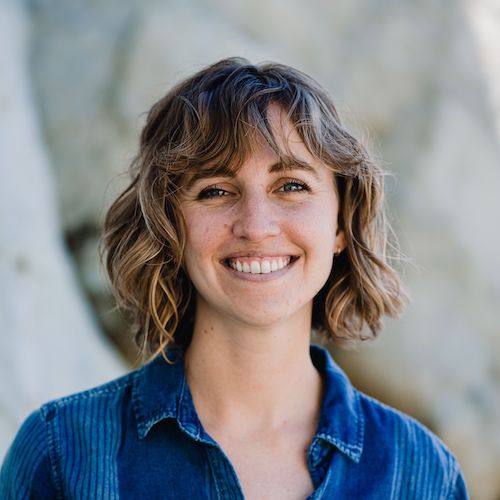With new technologies revolutionizing data collection, wildlife researchers are becoming increasingly able to collect data at much higher volumes than ever before. Now we are facing the challenges of putting this information to use, bringing the science of big data into the conservation arena. With the help of machine learning tools, this area holds immense potential for conservation practices. The applications range from online trafficking alerts to species-specific early warning systems to efficient movement and biodiversity monitoring and beyond.
However, the process of building effective machine learning tools depends upon large amounts of standardized training data, and conservationists currently lack an established system for standardization. How to best develop such a system and incentivize data sharing are questions at the forefront of this work. There are currently multiple AI-based conservation initiatives, including Wildlife Insights and WildBook, that are pioneering applications on this front.
This group is the perfect place to ask all your AI-related questions, no matter your skill level or previous familiarity! You'll find resources, meet other members with similar questions and experts who can answer them, and engage in exciting collaborative opportunities together.
Just getting started with AI in conservation? Check out our introduction tutorial, How Do I Train My First Machine Learning Model? with Daniel Situnayake, and our Virtual Meetup on Big Data. If you're coming from the more technical side of AI/ML, Sara Beery runs an AI for Conservation slack channel that might be of interest. Message her for an invite.
Header Image: Dr Claire Burke / @CBurkeSci

Explore the Basics: AI
Understanding the possibilities for incorporating new technology into your work can feel overwhelming. With so many tools available, so many resources to keep up with, and so many innovative projects happening around the world and in our community, it's easy to lose sight of how and why these new technologies matter, and how they can be practically applied to your projects.
Machine learning has huge potential in conservation tech, and its applications are growing every day! But the tradeoff of that potential is a big learning curve - or so it seems to those starting out with this powerful tool!
To help you explore the potential of AI (and prepare for some of our upcoming AI-themed events!), we've compiled simple, key resources, conversations, and videos to highlight the possibilities:
Three Resources for Beginners:
- Everything I know about Machine Learning and Camera Traps, Dan Morris | Resource library, camera traps, machine learning
- Using Computer Vision to Protect Endangered Species, Kasim Rafiq | Machine learning, data analysis, big cats
- Resource: WildID | WildID
Three Forum Threads for Beginners:
- I made an open-source tool to help you sort camera trap images | Petar Gyurov, Camera Traps
- Batch / Automated Cloud Processing | Chris Nicolas, Acoustic Monitoring
- Looking for help with camera trapping for Jaguars: Software for species ID and database building | Carmina Gutierrez, AI for Conservation
Three Tutorials for Beginners:
- How do I get started using machine learning for my camera traps? | Sara Beery, Tech Tutors
- How do I train my first machine learning model? | Daniel Situnayake, Tech Tutors
- Big Data in Conservation | Dave Thau, Dan Morris, Sarah Davidson, Virtual Meetups
Want to know more about AI, or have your specific machine learning questions answered by experts in the WILDLABS community? Make sure you join the conversation in our AI for Conservation group!
- 0 Resources
- 0 Discussions
- 11 Groups
- @negar_sadr
- | she/her/hers
- 0 Resources
- 0 Discussions
- 3 Groups
Wildlife Protection Solutions (WPS)
Director of Technology at Wildlife Protection Solutions. Primarily focuses on leveraging machine learning and advanced data analytics to combat poaching, monitor biodiversity, and predict environmental threats.
- 0 Resources
- 1 Discussions
- 5 Groups
- @Sasi
- | he/his
I am a researcher working on non-human primates in southern India
- 0 Resources
- 0 Discussions
- 2 Groups
- 0 Resources
- 0 Discussions
- 4 Groups
- @Arjun_Viswa
- | S
- 0 Resources
- 0 Discussions
- 27 Groups
Senior web developer and ML practitioner
- 0 Resources
- 0 Discussions
- 6 Groups
I run a small consulting company, Simeone Consulting, LLC, that provides research, data-driven analysis, technical expertise, and writing related to the production, consumption, and international trade of natural resources.
- 0 Resources
- 4 Discussions
- 4 Groups
Botswana Predator Conservation Trust



- 0 Resources
- 85 Discussions
- 10 Groups
- @serena.le
- | she/her
Conservation tech enthusiast
- 0 Resources
- 0 Discussions
- 25 Groups
Ecological and Spatial Data Scientist
- 1 Resources
- 0 Discussions
- 2 Groups
- @Tysmucker
- | He/Him
Wildlife Biologist/Conflict Specialist and drone enthusiast in Montana
- 0 Resources
- 0 Discussions
- 5 Groups
Absolutely fascinating uses of AI for equitable conservation! Hope it inspires you!
21 March 2025
Naturalis is looking for a postdoc in AI for Ultrasonic Bioacoustic Monitoring!
21 March 2025
This thesis concludes that artificial intelligence offers valuable opportunities for mitigating the impacts of climate change on wildlife with careful consideration of its limitations and ethical implications.
10 March 2025
WWF's Arctic Community Wildlife Grants program supports conservation, stewardship, and research initiatives that focus on coastal Arctic ecology, community sustainability, and priority Arctic wildlife, including polar...
7 March 2025
Join the FathomNet Kaggle Competition to show us how you would develop a model that can accurately classify varying taxonomic ranks!
4 March 2025
Up to 48 months contract - 14+22 (+12) | Belvaux
25 February 2025
Up to 6 months internship position to work on DiMON project which aims to develop a non-lethal, compact device that, when coupled with traditional entomological traps, captures high-resolution, multi-view insect images...
25 February 2025
Link
Using advanced AI technology, GhostNetZero.ai analyzes the collected sonar data to identify specific locations where ghost nets are likely to be found. This enables the recovery of these abandoned nets and helps to rid...
13 February 2025
workshop introduced participants to the power of bioinformatics and next-generation sequencing (NGS) in conservation biology.
10 February 2025
Teaching Children about Empathy for the Endangered Species and for Nature Conservation In celebration of the Earth Conservation Day, @veracityhouse in collaboration with the Nature Conservation Foundation trained...
10 February 2025
Lake Nakuru National Park is one of the first rhino sanctuaries in Kenya where Artificial-Intelligence enabled Forward Looking Infrared (FLIR) camera systems were installed to help curb the escalating poaching of black...
8 February 2025
June 2025
event
July 2025
October 2025
event
event
October 2023
September 2023
event
event
73 Products
Recently updated products
16 Products
Recently updated products
| Description | Activity | Replies | Groups | Updated |
|---|---|---|---|---|
| In that case, you might want to keep an eye on the project from @Lars_Holst_Hansen |
|
Camera Traps, AI for Conservation, Conservation Tech Training and Education, Early Career, Human-Wildlife Conflict, Protected Area Management Tools | 11 months 1 week ago | |
| No worries! I'll be trying the other one to see how it works. Thank you for your help! |
|
AI for Conservation | 11 months 2 weeks ago | |
| Fantastic!! |
|
Acoustics, AI for Conservation, Animal Movement, Build Your Own Data Logger Community, Community Base, Early Career, Ethics of Conservation Tech, Marine Conservation, Open Source Solutions | 11 months 2 weeks ago | |
| Hi everyone! I’m sending some information for a paid user study about Explainable AI and bird identification that may be of interest:Our... |
|
AI for Conservation, Citizen Science | 11 months 3 weeks ago | |
| This is so cool! I am 1000% going to see if they want to come talk about it at Variety Hou! |
|
AI for Conservation, Citizen Science | 1 year ago | |
| Hi Sol,If the maximum depth is 30m, it would be worth experimenting with HydroMoth in this application especially if the deployment time is short. As Matt says, the air-filed case... |
|
Acoustics, AI for Conservation, Data management and processing tools, Emerging Tech, Sustainable Fishing Challenges | 1 year ago | |
| Online citizen science platforms like iNaturalist and Macaulay Library contain a wealth of images but are hard to search using text. We are... |
|
AI for Conservation, Citizen Science | 1 year ago | |
| We're seeking training data for AI for wolf ID - we at T4C manage 3 Wildbook platforms: Wild North, Whiskerbook and the... |
|
AI for Conservation | 1 year ago | |
| Hi Phani,An entry point might be to participate in a challenge related to conservation on:KaggleDrivenDataFruitPunchMax Planck Institute of Animal BehaviorYou could also reach out... |
|
AI for Conservation | 1 year ago | |
| [oops, the same reply got submitted twice and there doesn't seem to be a "delete" button] |
|
AI for Conservation, Camera Traps | 1 year ago | |
| Hi @zhongqimiao ,Might you have faced such an issue while using mega detectorThe conflict is caused by:pytorchwildlife 1.0.2.13 depends on torch==1.10.1pytorchwildlife 1.0.2.12... |
+6
|
AI for Conservation, Camera Traps, Open Source Solutions | 1 year ago | |
| Hi, this is pretty interesting to me. I plan to fly a drone over wild areas and look for invasive species incursions. So feral hogs are especially bad, but in the Everglades there... |
|
AI for Conservation, Camera Traps, Open Source Solutions, Software Development | 1 year 1 month ago |










































